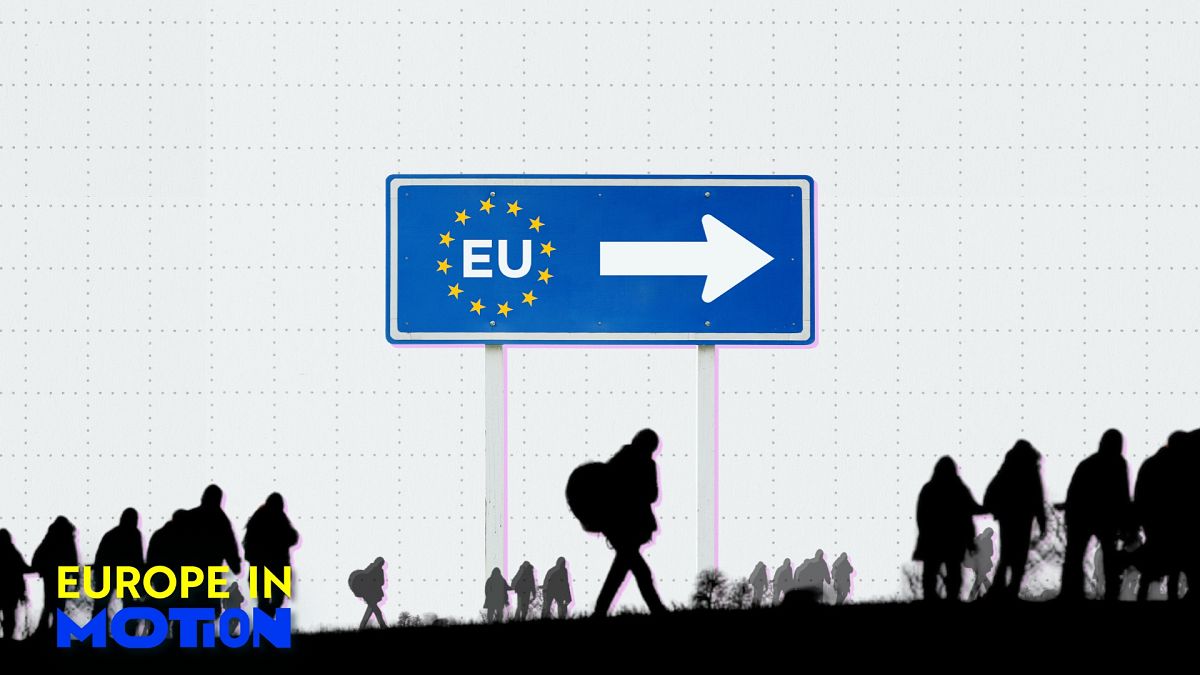Irregular entries into the European Union decreased by 22% in the first nine months of 2025, according to the bloc’s border agency, Frontex.
The sharpest decline was registered on the western African route, which saw a 58% drop in irregular crossings, with only 734 detections in September.
Western Balkan and eastern land border routes also registered a decrease in irregular crossings by 47% and 36%, respectively.
Experts suggest that global conflicts and even in the environment could be the cause of the general slowdown in irregular crossings.
“The overall decrease can be linked to a number of factors, notably eruption or cessation of strife or conflict, political uncertainty, closer cooperation on border control, but also weather conditions”, said Helena Hahn, policy analyst with the European Migration and Diversity Program at the European Policy Centre (EPC).
However, she added that the numbers should not be understood as fewer people in general being on the move.
“On the contrary, the number of international migrants has risen since 2020, as has the number of forcibly displaced persons. They are just not coming to Europe at the same rates as immediately after the COVID-19 pandemic,” said Hahn.
Nevertheless, other routes remain a significant hubs of activity, while others still saw increases.
The central Mediterranean is the busiest route, accounting for nearly 40% of all irregular entries this year.
Libya is the main departure point for this route, recording a 50% increase in departures compared with 2024.
The majority of migrants taking this route come from Bangladesh, Eritrea, and Egypt.
On the western Mediterranean route, irregular crossings increased by 28%, with September alone seeing arrivals rise by more than half.
Departures from Algeria accounted for almost three-quarters of detections on this route this year.
“Morocco’s stronger prevention efforts have pushed more people to seek smuggling services in Algeria,” the Frontex report stated. “This has led to closer cooperation between Algerian and Moroccan smuggling networks and a shift of some operations to Algerian territory.”
Human toll weighs heavily as more than 1,000 die
Despite the overall decline, human costs remain high.
In 2025, 1,328 migrants died or went missing while using the Mediterranean routes, with the majority of those identified being men, according to the International Organization for Migration (IOM) database.
The central Mediterranean route is the most fatal of them all, with 895 individuals dead or missing. The main cause of death is drowning.
Many migrants have tried to travel legally and opted to travel irregularly only after their visas were denied.
“Behind these missing migrants are families and communities looking for answers and coping with their absence,” the IOM’s Families of Missing Migrants report stated.
Read the full article here
















